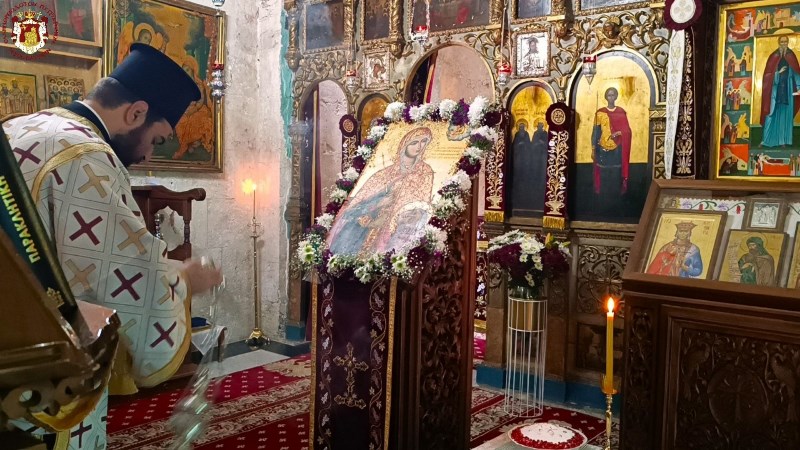Agiasmos for the beginning of the School Year in a village of the Agrafa region with one student


Moving and emotional moments unfolded on Wednesday morning, 11 September 2024, in rural Argyri, a small village in the “triethnes” of the Agrafa region, tucked into the mountains, on the borders of the prefectures of Karditsa, Arta and Evrytania.
As trikalavoice.gr recorded, the school opened after many years, even with… only one student, who attended the traditional Sanctification Service (Agiasmos) with his family. The mayor of the Argithea area. Mr. Andreas Stergiou, was also moved, who characteristically said: “The Consecration Service in remote schools has a special weight and a special emotional charge… I wish a Happy New Year to all from the beautiful regions of mountainous Greece”.
Argyri is a small, picturesque village in the Agrafa region, which belongs to the prefecture of Karditsa. It is located in one of the most isolated and unspoilt areas of Greece, in the mountains of the Agrafa, known for their wild beauty and historical importance.


Geography and Location
The village of Argyri is built at an altitude of about 900 meters, in a mountainous landscape characterised by green forests, gorges and rich vegetation. The location of the village offers a magnificent view of the surrounding mountains and the natural environment is ideal for hiking, exploring nature and escaping from everyday life.
History
The Agrafa region is of great historical importance, as it was known as a refuge during the Turkish occupation. Due to their isolated location, they were one of the few areas not fully controlled by the Ottoman Empire. The area has been associated with important events in Greek history, such as the Revolution of 1821, as the residents actively participated in the struggles for freedom.
Culture and Tradition
Argyri, like other villages of the Agrafa region, strongly preserves the traditional architecture and way of life. The inhabitants are mainly engaged in stock-breeding and agriculture, keeping local traditions and customs alive. Important local feast days and festivals are organised throughout the year, mainly focusing on religious feast days, where residents and visitors participate in traditional events.




